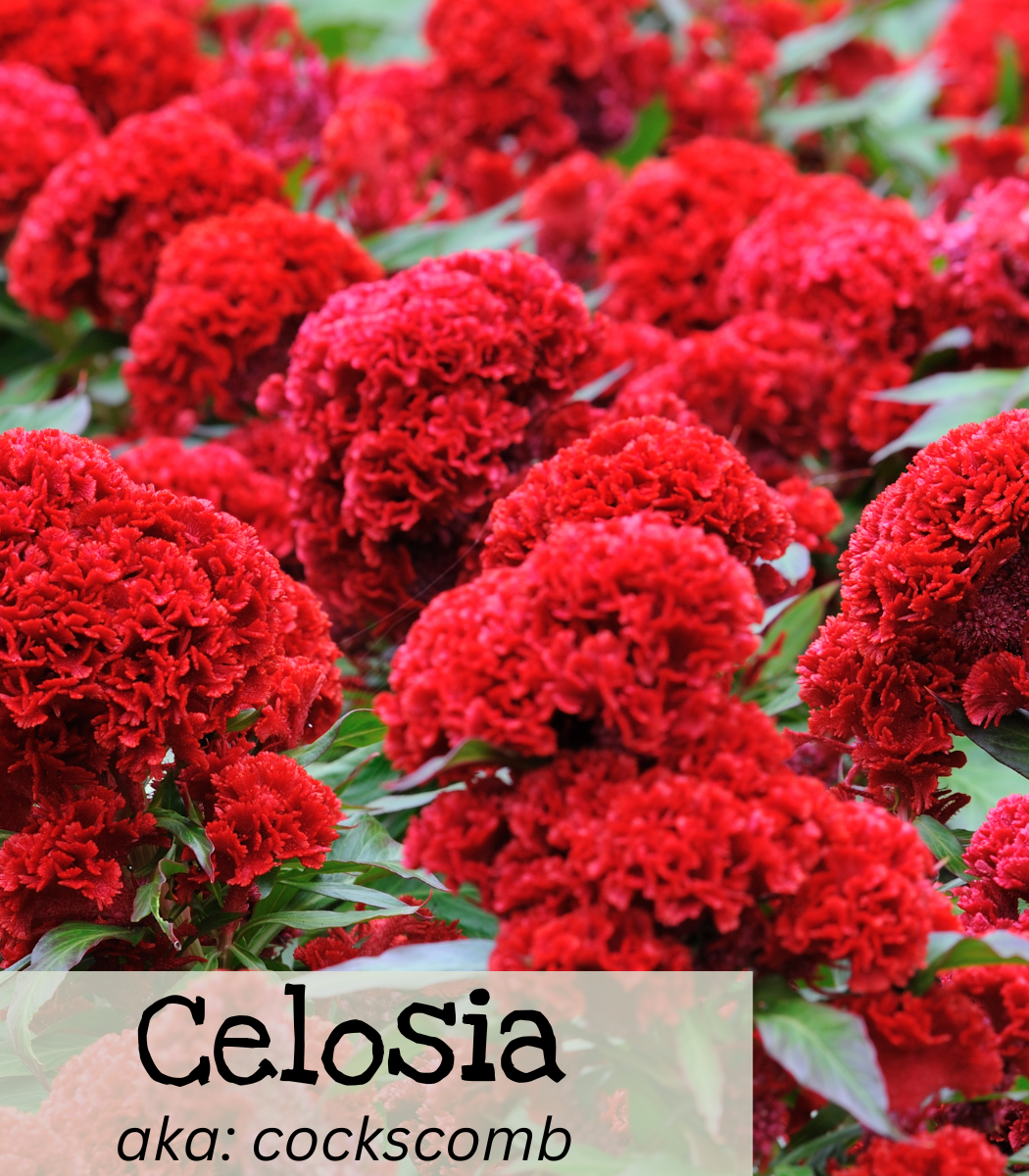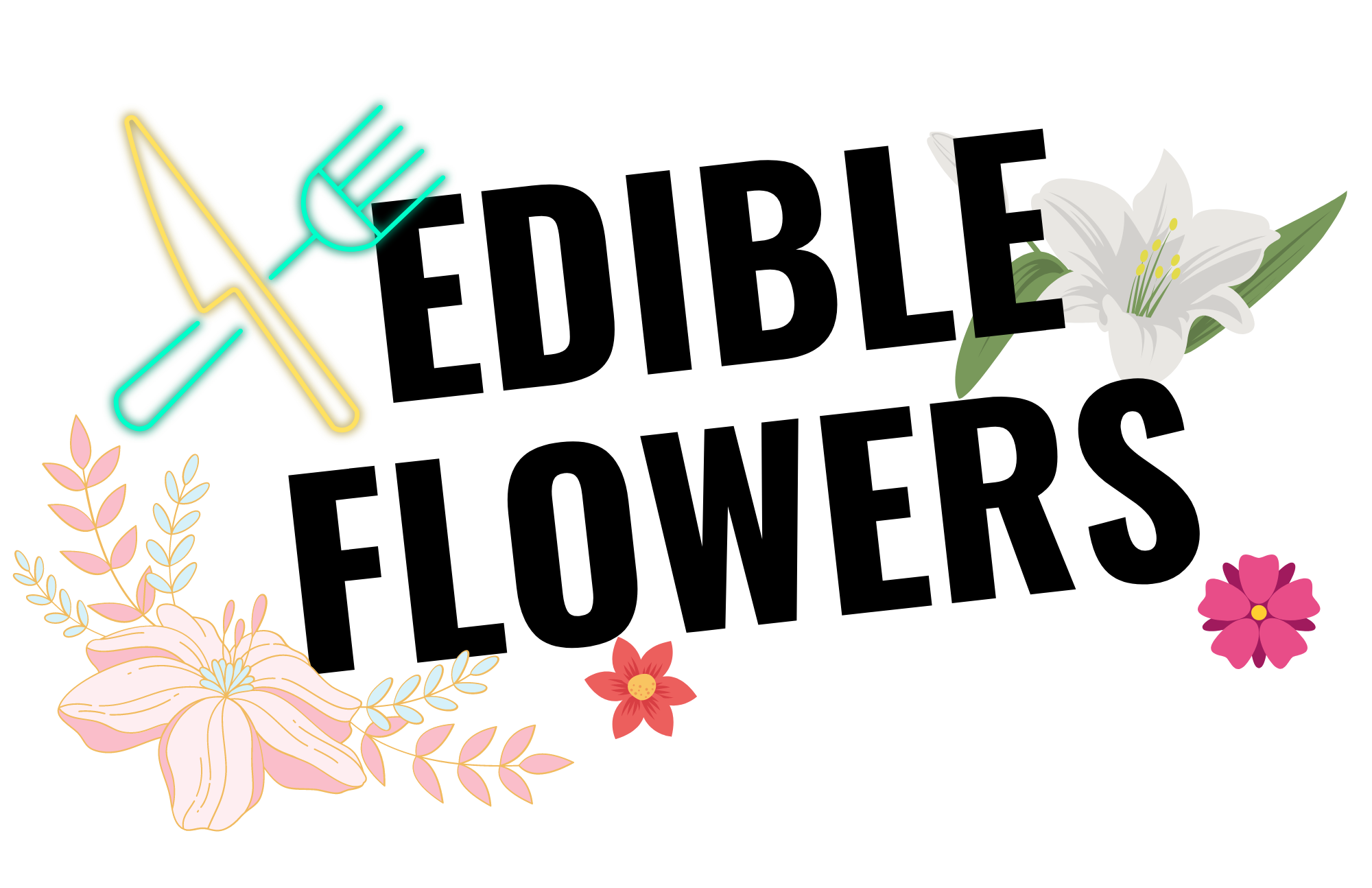
Celosia or Cockscomb
A member of the amaranth family, celosia or cockscomb, is an edible flower. This heat-loving plant has showy blooms that add a spark of color to any garden! The Higyoku Red variety is multi-branching and perfect for cut flowers or making a crimson, herbal tea!
|
Higyoku Red Stem; Jessica Mix |
|
Celosia argentea |
|
Intermediate to Easy |
|
Easy |
|
3-5 years if properly stored |
|
Annual |
|
14-21 days |
|
65-70 F |
|
None |
|
1/4 inch |
|
2-2.5 feet |
|
Ranges from small poker-like blooms to fist-sized blooms. |
|
Needs dark for germination Full sun |
|
Spring-Summer |
|
April and May |
|
Yes |

Growing Tips




When to Start
Spring: Start indoors 4-6 weeks before the last frost date. (April/May for GA)
Direct Sow: After the danger of frost has passed.
How to Grow
Start indoors 4-6 weeks before the last frost date or direct after all danger of frost has passed. Sow the seeds into seed cells to a depth of 1/4 inch. Celosia seeds need the dark to germinate. Seeds can be a little slow to germinate and can take 2-3 weeks before sprouting. Transplant after hardening off and after all danger of frost has passed. Thin or space 9-12 inches apart.
Care
Celosia likes full sun and can tolerate a wide range of soil conditions. Keep the soil moist during germination and establishment to prevent water stress. Once Celosia has established it is drought tolerant. If growing for cut flowers, it is recommended to cut the main flower stem once the plant reaches 12” tall. This will encourage the plant to create more branches for more flowers versus having only one main stock.
Humidity can create problems for celosia, space plants further apart to create more air circulation.
Seed Saving

Isolation Distance
Self-pollinating. However, insects can cross-pollinate with different varieties. Separate different varieties by 1/4 mile.
Instructions
Select healthy, robust plants free of any signs of disease or insect infestation for seeds. Seeds carry the traits of the parent plant. Choose plants that exhibit the traits you wish to preserve. Consider bloom size, color, and shape, as well as blooming time.
Allow the biggest and healthiest blooms to mature on the plant.
Clip the flower head from the stem once the flower head has turned brown. Place the flower head in a paper bag and shake it to loosen the seeds. The seeds should readily shake from the pods. Seeds settle to the bottom of the bag. Remove plant debris by hand.
Features
- Container friendly
- Edible flowers
- Good for beds and borders
- Good cut flower
- Heat tolerant
- Drought tolerant
- Attracts pollinators
- Attracts hummingbirds
- Higyouk Red Stem: Heirloom. Produces multiple branches that have heads ranging in size from small pokers to fist-sized flowers.
- Jessica Mix: A dwarf cockscomb, these intricately folded heads come in a rainbow of colors and grow to 14 inches high. The flowers are a mix of crimson, canary yellow, tangerine, magenta, and cerise.

In areas with high humidity, space the plants further apart for more air circulation.
Pinch back the main stem once it has reached 12 inches to create a bushy plant with more blooms.
